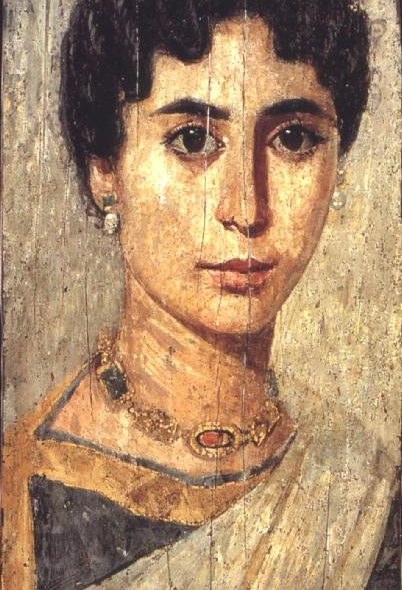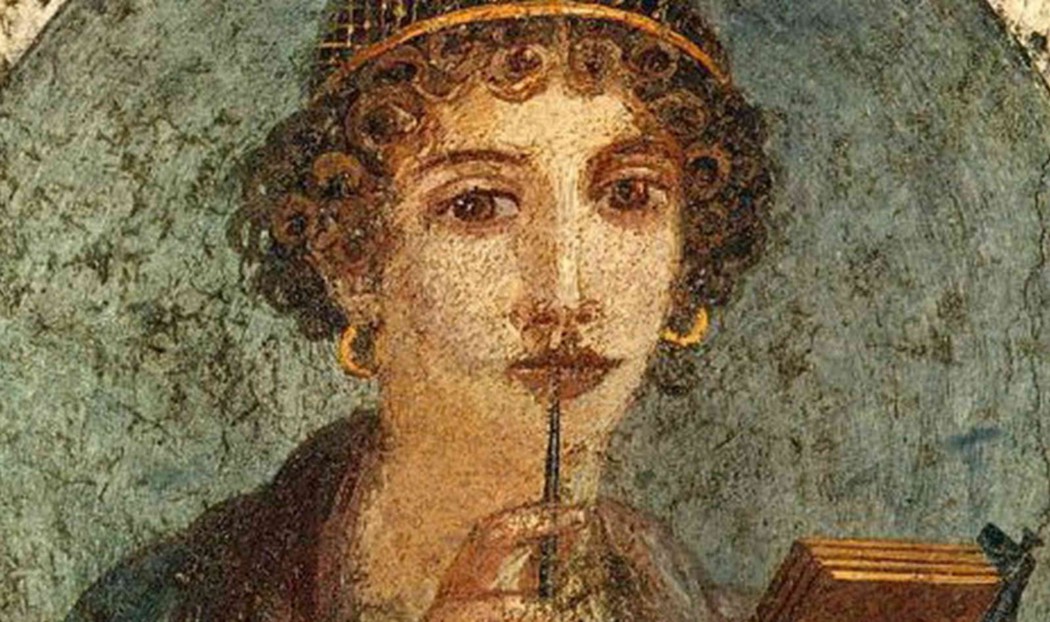HYPATIA!
About damn time. Hypatia, the first female mathematician and astronomer in recorded history, has got a statue of recognition in Egypt, according to the Rosa Al-Youseff magazine website.
Travelling to school by horse and chariot; highly respected, an inventor and philosopher, she was Egyptian, lived in Alexandria in the fifth century and was probably one of the last scientists to have access to the books of the famous Library of Alexandria.
She never married, dedicating her life to study and her students. A tenth-century encyclopaedia refers to her as: ‘exceedingly beautiful and fair of form . . . in speech articulate and logical, in her actions prudent and public-spirited, and the rest of the city gave her suitable welcome and accorded her special respect’.

None of her work survived. No notebooks. Nothing. There’s no information on her mother – because the women of the time weren’t seen as important enough to preserve in history. We only know about her father Theon, who was her teacher. Legend has it that he was determined to mould her into a perfect human being and encouraged her to stay fit through sport and physical activity. He was also the last recorded member of the Museum of Alexandria – which was very much like a modern-day university, with schools and public auditoriums. Students came from as far afield as Ethiopia and India to hear lectures on science and philosophy.
Hypatia’s books on mathematics include the thirteen-volume ‘Commentary on the Arithmetica of Diophantus’ (generally regarded as the father of algebra) as well as a book on astronomy, ‘The Astronomical Canon’.
Much of what we know of Hypatia is from letters written by her most famous student Synesius of Cyrene, who later became the Bishop of Ptolemy. One suggests that her lectures included instructions on how to design an astrolabe, a type of portable astronomical calculator that would be used until the nineteenth century.
Too modern for the ancient world, Hypatia was murdered on the steps of a church in March 415. She was 45. She was stripped naked, brutally butchered with roofing tiles and then burnt by a mob of religious fanatics led by Peter the Lector, convinced that her way of thinking, Neo-Platonism, was heresy and a danger to Christianity.

She was probably also killed for being a friend of the governor of Alexandria, a man called Orestes, who was at odds with Cyril, the city’s Archbishop. Rumours were spread that Hypatia was to blame for the two men fighting with each other. And for being a woman – a female teacher who encouraged her students to think about science and the wider world, the stars, the planets, the sun and the moon. (A huge asteroid in space is named after her.)
Many women of science were seen as witches. Some historians say that she was the first famous ‘witch’ to be punished for her beliefs.

